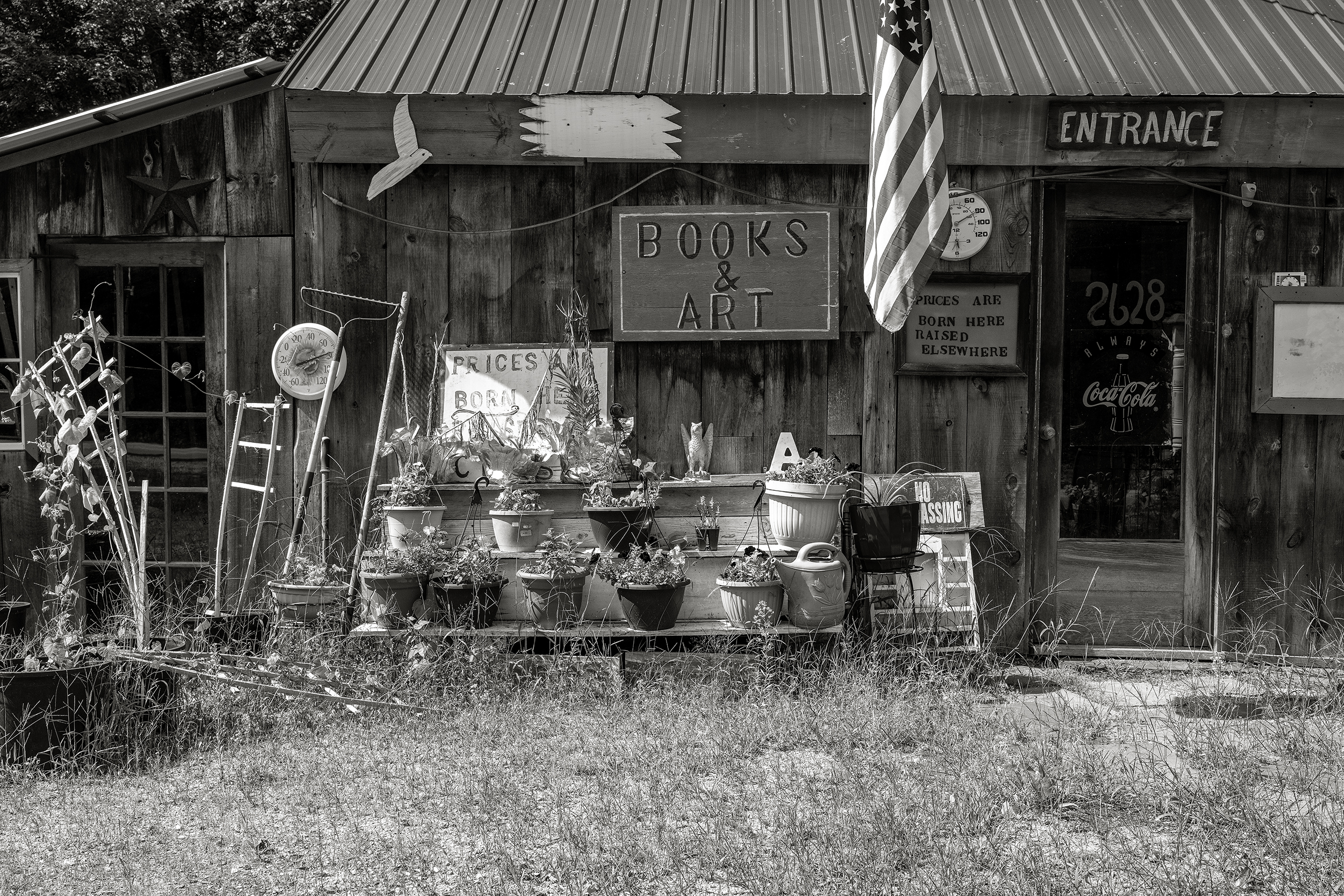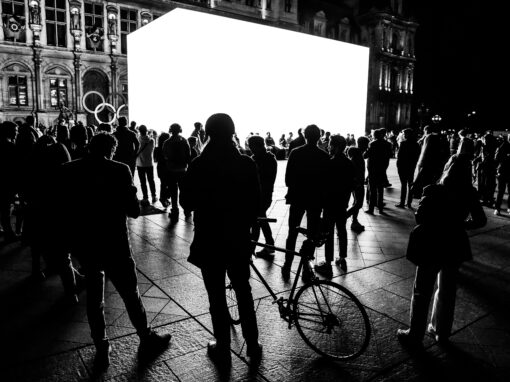Sometimes a photo book just speaks to your heart.
There’s something about it which seems honest and insightful, artistically adroit, but in truth, the appeal is much stronger than that.
Sometimes you open a photo book and what you see strikes a chord a little bit more deeply than others. This doesn’t mean you have a personal connection. The book’s subject could be Antarctica or Paris, the early work of Louis Daguerre, or last week’s weather, but something about the way the artist sees the world matches or resonates with the way you see the world. The book becomes important because it is evidence of a sensibility we share.
Robert Morin – “Roads Less Traveled”
Self-published, 2025
Review by W. Scott Olsen

I’m thinking of this because I have on my desk today a self-published collection of photographs by Robert Morin called Roads Less Traveled. The images were all taken in Maine or New Hampshire, all rural scenes, all black and white documentary work, and the book is extraordinary.
Roads Less Traveled is a love story. Not romantic love, but love for place, love for the quirks of place, love for the kind of idiosyncrasies that give character and definition. We all know these types of landmarks. They burrow their way into our memories as cornerstones.
For example, the cover image, which is also the first image inside the book, is an old, discarded, upright piano sitting in a patch of roadside grass and weeds. The caption tells me the image is from Hampden, Maine, and was taken in May of 2024. The piano’s front is missing, so we can see the keys, the strings, the hammers, and the tuning knobs. The tops of the black keys have been broken off. A heavy truck passes in the background.
The hammers are not uniform, as if a tune is being played. The wood is split and weathered. Just above the tuning knobs, I can read that “Hallett David & Co.” was the manufacturer.
The image raises a host of immediate questions. First, of course, is how in the world did an old upright piano wind up in this roadside spot? What is its history? Who played it? How do events unfold so that anyone would abandon a piano outside?
The image is technically excellent. The piano, off kilter, mostly fills the frame, but the composition allows for the surrounding context to become part of the narrative question. The black and white tonality is both exact and unobtrusive, a window that makes you believe the image, and the sense of detail is precise.
For me, there is so much curiosity and history in this image I find myself lingering, but it is not sentimental. It is documentary work that allows us to ask both large and small questions.
Turning the pages of this book, there is a kind of fun, but I don’t mean frivolousness. There’s a kind of intimacy, but I don’t mean physical. There is a deep and compelling sense of history. The buildings, by and large paint-chipped and worn, define “patina.”
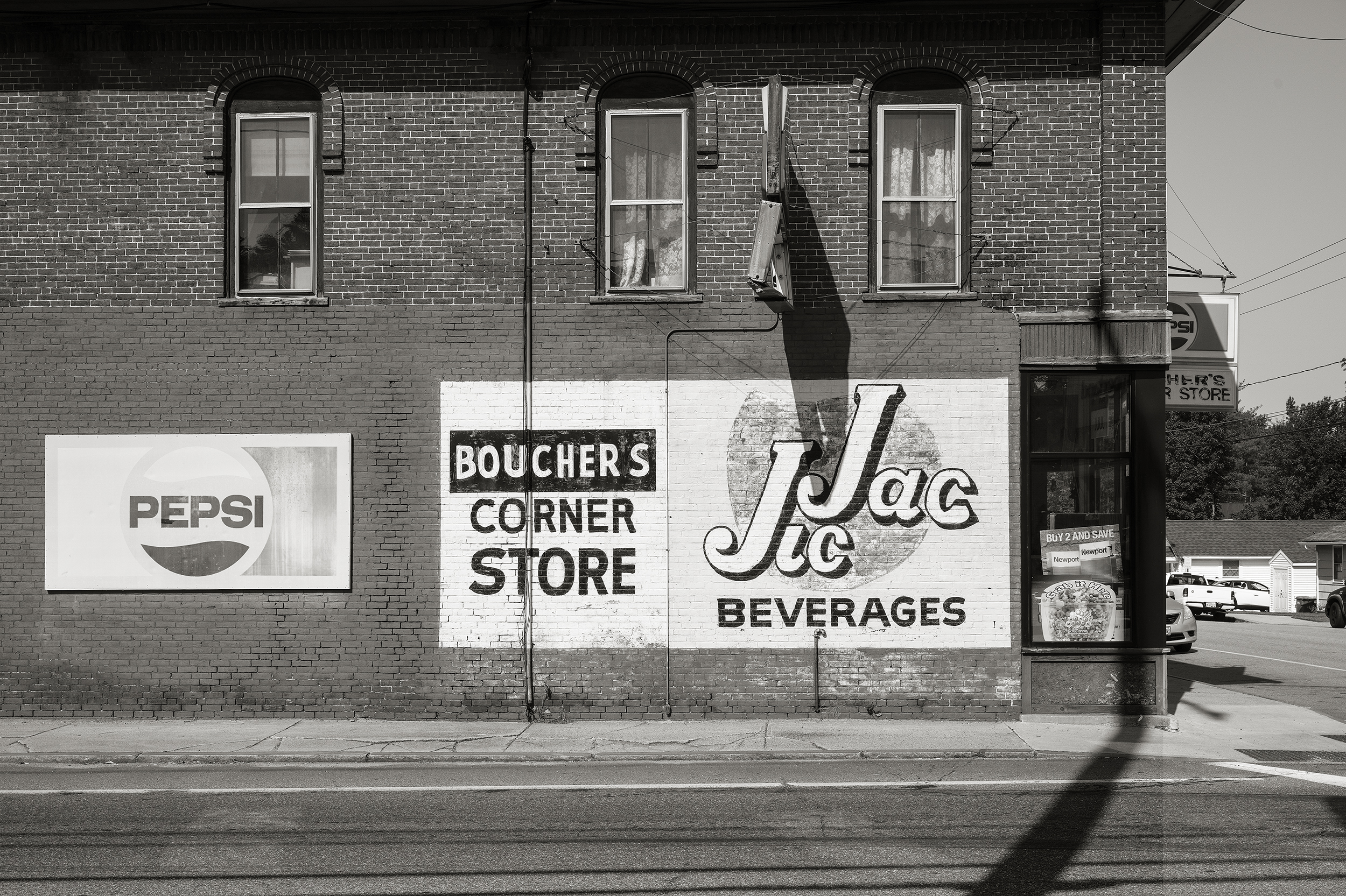
But there is a love for the odd in here as well. An image of the Lawry Brothers Funeral Home in Fairfield, Maine, taken in November 2024, shows a building with round turrets like a medieval castle. It’s a fort! On the facing page, the Xana-do Hair Salon and Spa from Madison, Maine, has the same idea, although the styles are different.
On another page, why is there a hand-painted sign saying, “Welcome to Fenway Park, Home of the World Champion Boston Red Sox” on a small, dilapidated wood building in Piermont, New Hampshire? And why does that same building also have a sign that says, “Goat Crossing?
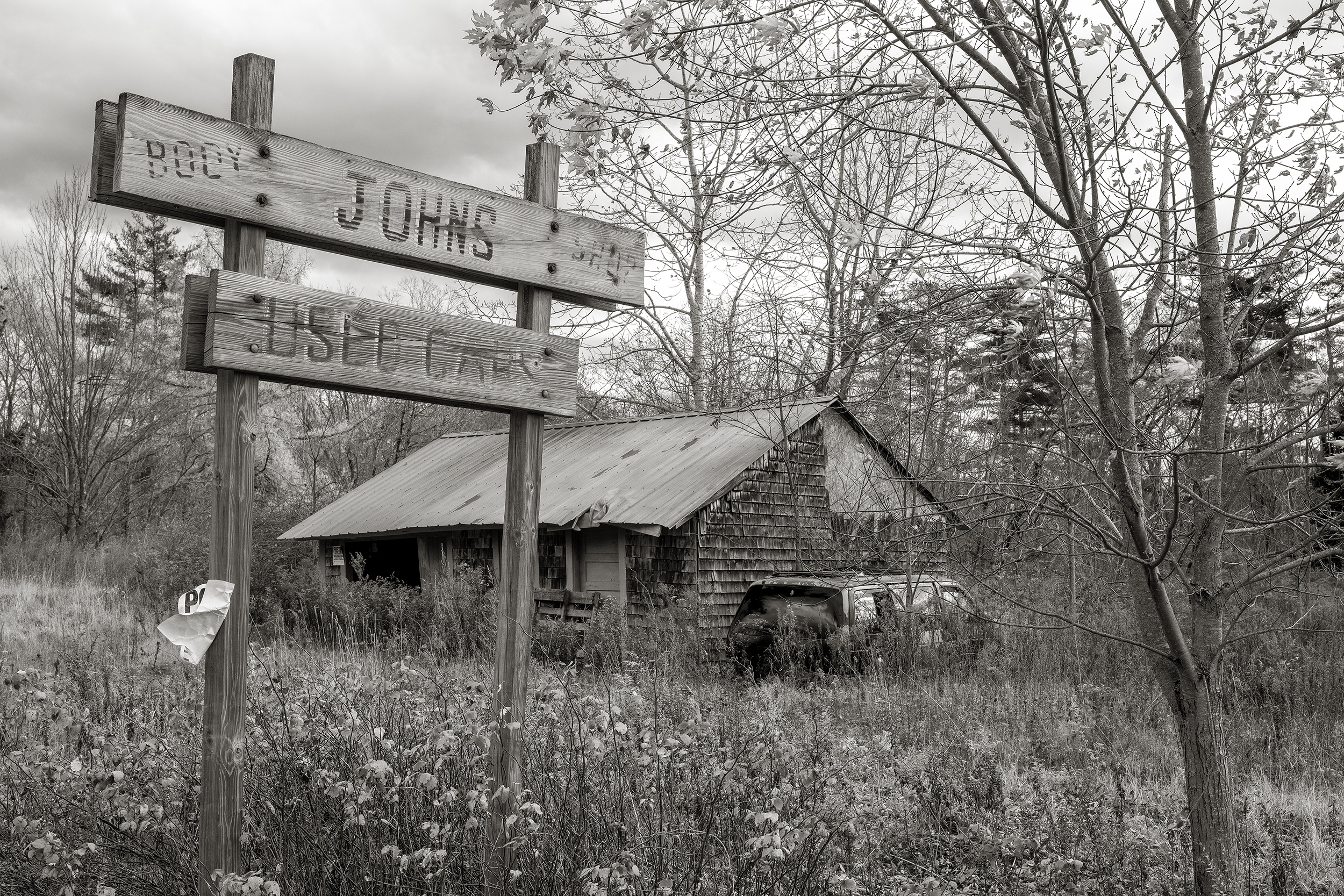
The first half of Roads Less Traveled does not include people. But some guy named Wayne, sitting in what I assume is his driveway and holding a chandelier, shows up about halfway through, his arm raised in greeting. Then we get an old man named Will picking dandelions, and a few other characters follow. Still, the book is not character-driven as much as it simply celebrates the eclectic and odd.
There are storefronts in this book—places like Vicneire’s Elm Street Market in North Anson, Maine, and the White Buffalo Trading Post in Center Marnstead, New Hampshire—which invite wonder. And there are homes like the Raitt Homestead in Eliot, New Hampshire, with an incongruous bench blocking the front door, which itself hosts what appears to be an official civic notice, that is nothing short of poignant. There is irony, too, when you see a sign for a Real Estate agency on the porch of a rundown building.
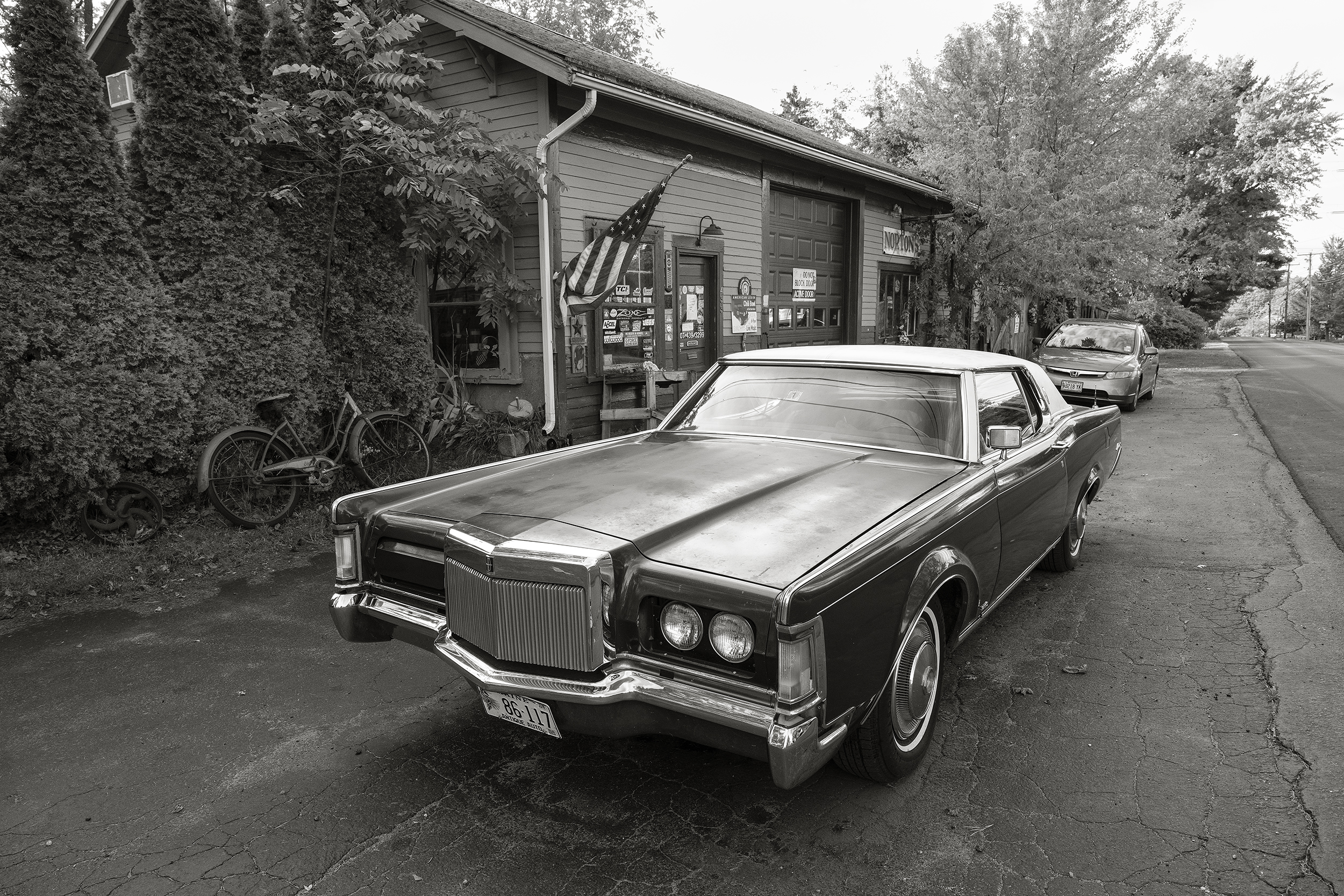
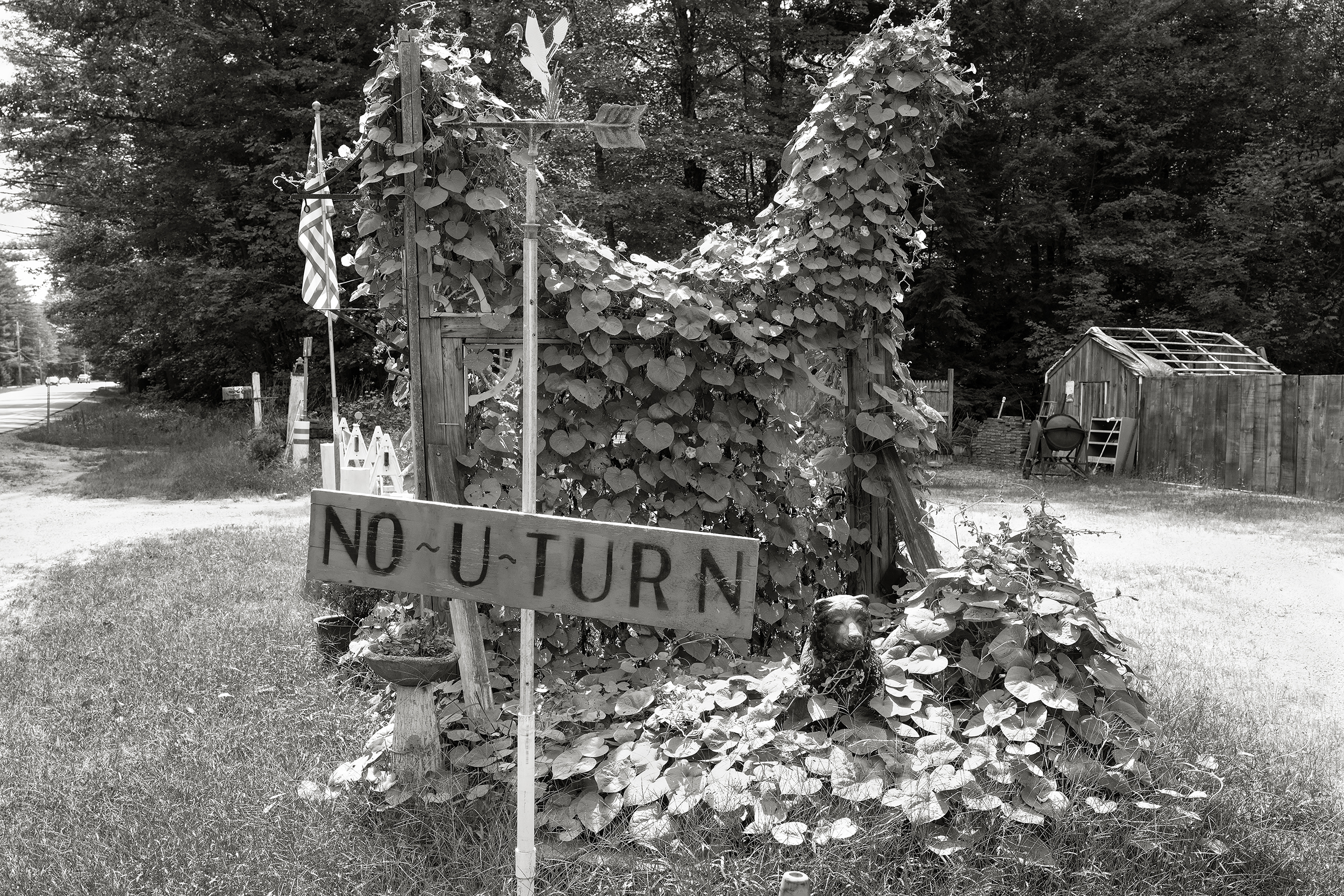
Black and White documentary photography has its challenges. There is often an implicit political or moral argument being made, intended or not. Roads Less Traveled does not have that issue. This book does not speak in favor of a time gone by as much as it celebrates the complexity of age and place in the current moment.
Roads Less Traveled is a deeply pleasing book. It doesn’t matter if you’ve never been in the Northeast part of the United States. The black and white images display a technical talent and then an observer’s eye that celebrate the wrinkles in a much-loved place.
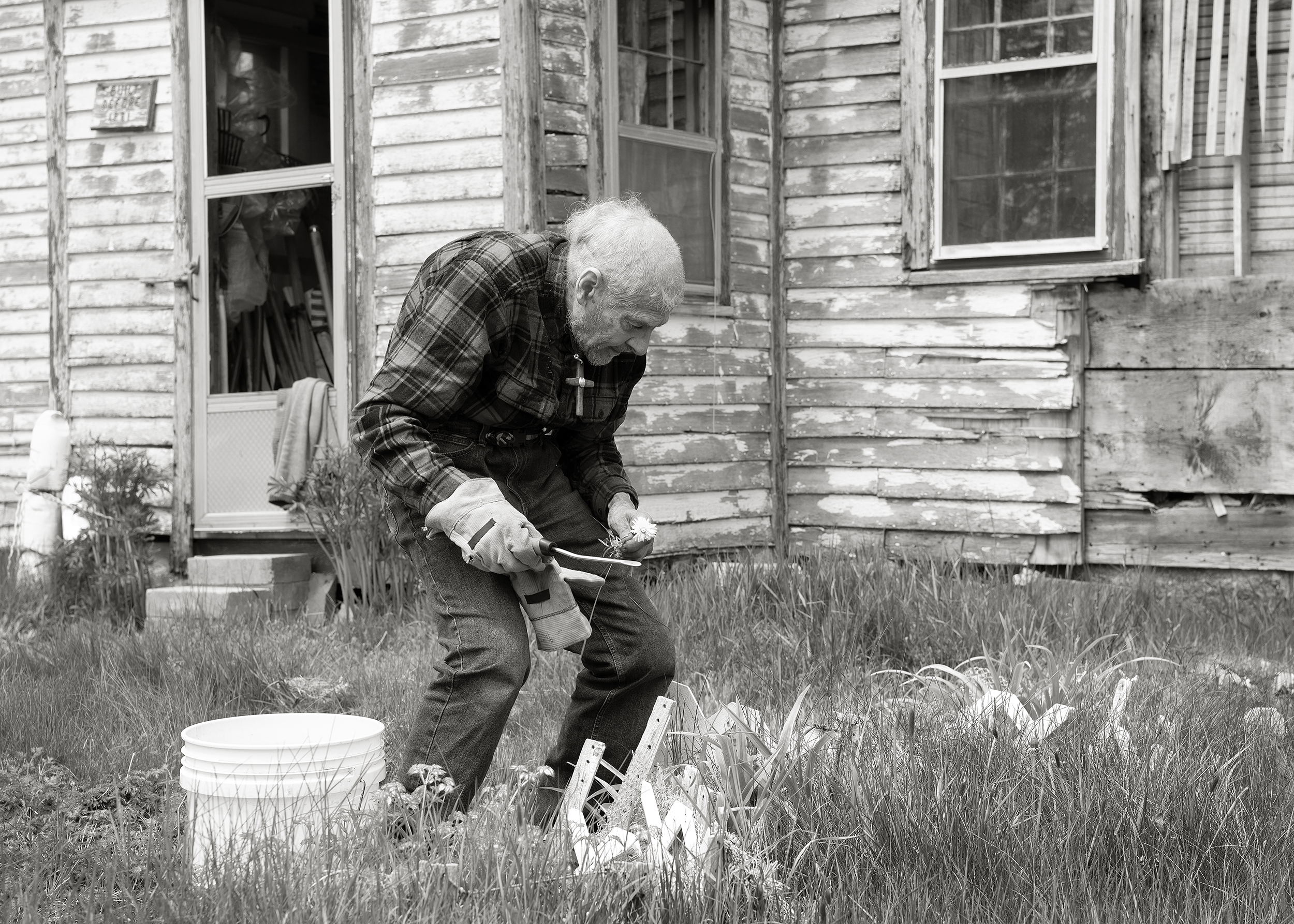
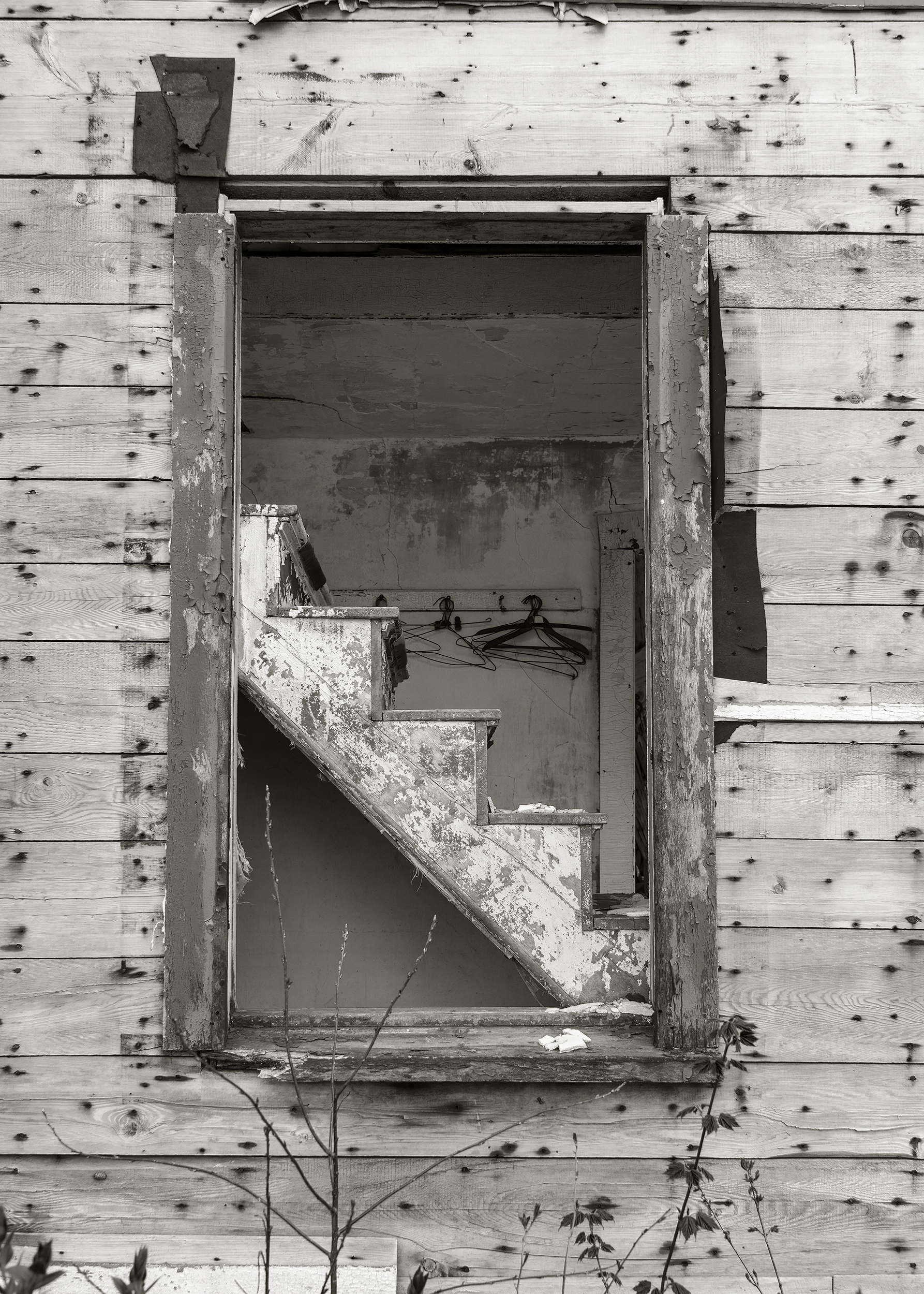
A note from FRAMES: Please let us know if you have an upcoming or recently published photography book.

